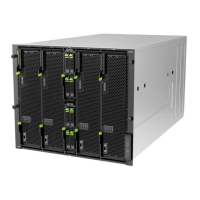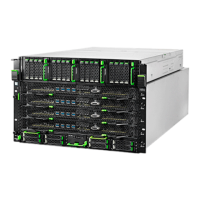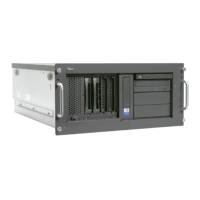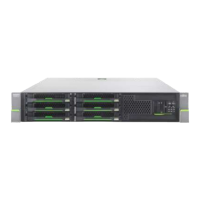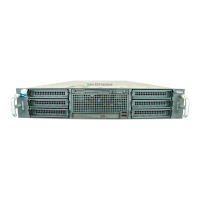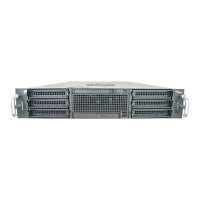CHAPTER 5 Partitioning
5.3 Extended Partitioning
94
5.2.2 Partition Configuration rule
As a partition configuration rule, which is common to all models, specifies that the following condition must
be satisfied.
- The partition should include at least one SB
- The partition should include at least one IOU
If the above condition is not satisfied, power-on would be prohibited to the corresponding partition. The
Memory Scale-up Board, the DU and the PCI_Box are not required in the partition.
TABLE 5.4 Partition configuration rule (component)
Component
Required number
(common to all models)
IOU to which the DU belongs should be available.
Example)
IOU#0 or IOU#1 should be available to use the DU#0
IOU#2 or IOU#3 should be available to use the DU#1
5.3 Extended Partitioning
The Extended Partitioning is a function that further divides the hardware resources that have been divided by
partitioning. Those partitions can be used independently as servers.
5.3.1 Partition granularity of the Extended Partitioning
The Extended Partitioning can effectively use the server resources, with the fine granularity of partitions. The
following table lists the partition granularity of the components that make up a partition.
TABLE 5.5 Partition granularity of each component that makes up the partition (Extended Partitioning)
HDD/SSD
5.3.2 Use conditions of the Extended Partitioning
This section describes the main conditions for using the Extended Partitioning.
- DR and Extended Partitioning cannot be used at the same time. DR can be used in a partition that is
operating as a physical partition.
- Extended Partitioning cannot be used in the partition including Memory Scale-up Boards.
- The following functions are not supported in the Extended Partitioning partition.
- TPM
- BitLocker drive encryption function

